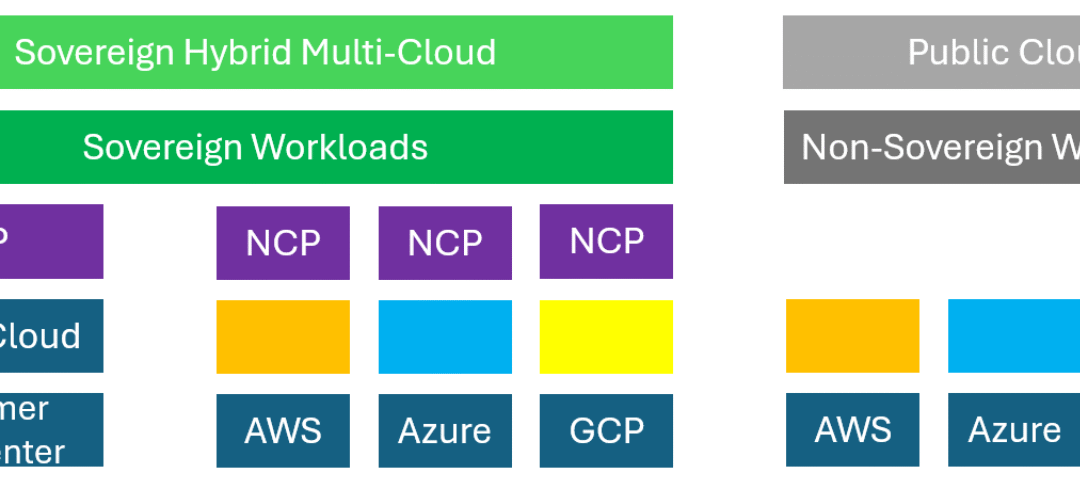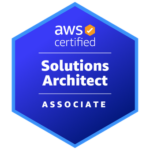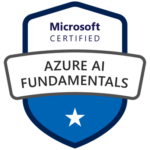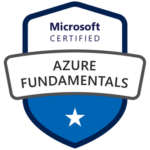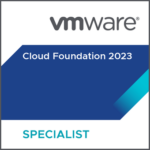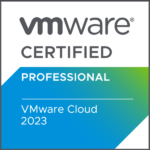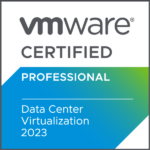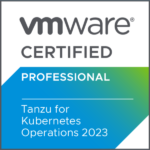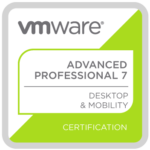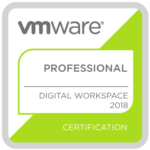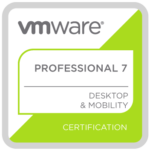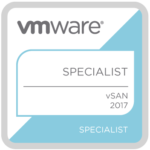When people talk about cloud computing, the conversation almost always drifts toward the hyperscalers. AWS, Azure, and Google Cloud have shaped what we consider a “cloud” today. They offer seemingly endless catalogs of services, APIs for everything, and a global footprint. So why does Nutanix call its Nutanix Cloud Platform (NCP) a private cloud, even though its catalog of IaaS and PaaS services is far more limited?
To answer that, it makes sense to go back to the roots. NIST’s SP 800-145 definition of cloud computing is still the most relevant one. According to it, five essential characteristics make something a cloud: on-demand self-service, broad network access, resource pooling, rapid elasticity, and measured service. NIST then defines four deployment models: public, private, community, and hybrid.
If you look at NCP through that lens, it ticks the boxes. It delivers on-demand infrastructure through Prism and APIs, it abstracts and pools compute and storage across nodes, it scales out quickly, and it gives you metering and reporting on consumption. A private cloud is about the deployment model and the operating characteristics, not about the length of the service catalog. And that’s why NCP rightfully positions itself as a private cloud platform.
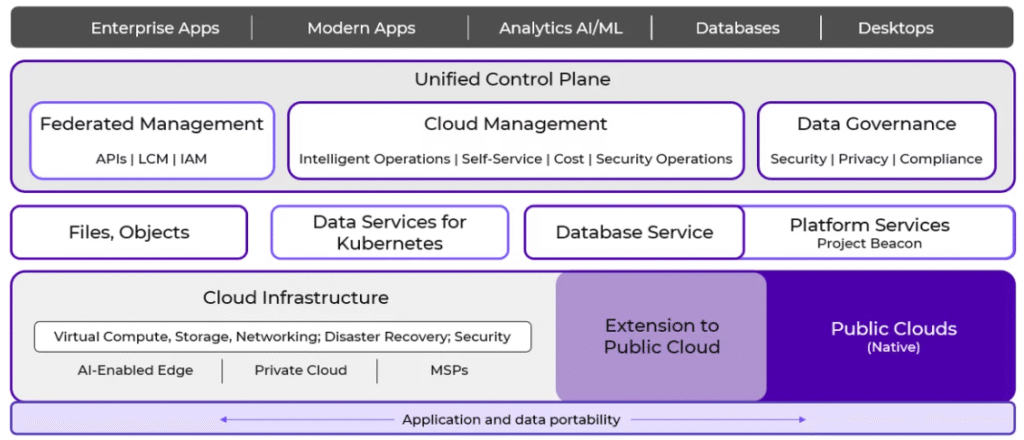
At the same time, it would be wrong to assume that private clouds stop at virtual machines and storage. Modern platforms are extending their scope with built-in capabilities for container orchestration, making Kubernetes a first-class citizen for enterprises that want to modernize their applications without stitching together multiple toolchains. On top of that, AI workloads are no longer confined to the public cloud. Private clouds can now deliver integrated solutions for deploying, managing, and scaling AI and machine learning models, combining GPUs, data services, and lifecycle management in one place. This means organizations are not locked out of next-generation workloads simply because they run on private infrastructure.
A good example is what many European governments are facing right now. Imagine a national healthcare system wanting to explore generative AI to improve medical research or diagnostics. Regulatory pressure dictates that sensitive patient data must never leave national borders, let alone be processed in a global public cloud where data residency and sovereignty are unclear. By running AI services directly on top of their private cloud, with Kubernetes as the orchestration layer, they can experiment with new models, train them on local GPU resources, and still keep complete operational control. This setup allows them to comply with AI regulations, maintain full sovereignty, and at the same time benefit from the elasticity and speed of a modern cloud environment. It’s a model that not only protects sovereignty but also accelerates innovation. Innovation at a different pace, but it’s still innovation.
Now, here’s where my personal perspective comes in. I no longer believe that the hyperscalers’ stretch into the private domain – think AWS Outposts, Azure Local, or even dedicated models like Oracle’s Dedicated Region – represents the future of cloud. In continental Europe especially, I see these as exceptions rather than the rule. The reality now is that most organizations here are far more concerned with sovereignty, control, and independence than with consuming a hyperscaler’s entire catalog in a smaller, local flavor.
What I believe will be far more relevant is the rise of private clouds as the foundation of enterprise IT. Combined with a hybrid multi-cloud strategy, this opens the door to what I would call a sovereign hybrid multi-cloud architecture. The idea is simple: sovereign and sensitive workloads live in a private cloud that is under your control, built to allow quick migration and even a cloud-exit if needed. At the same time, non-critical workloads can live comfortably in a public cloud where an intentional lock-in may even make sense, because you benefit from the deep integration and services that hyperscalers do best.
And this is where the “exit” part becomes critical. Picture a regulator suddenly deciding that certain workloads containing citizen data cannot legally remain in a U.S.-owned public cloud. For an organization without a sovereign hybrid strategy, this could mean months of firefighting, emergency projects, and unplanned costs to migrate or even rebuild applications. But for those who have invested in a sovereign private cloud foundation, with portable workloads across virtual machines and containers, this becomes a controlled process. Data and apps can be moved back under national jurisdiction quickly (or to any other destination), without breaking services or putting compliance at risk. It turns a crisis into a manageable transition.
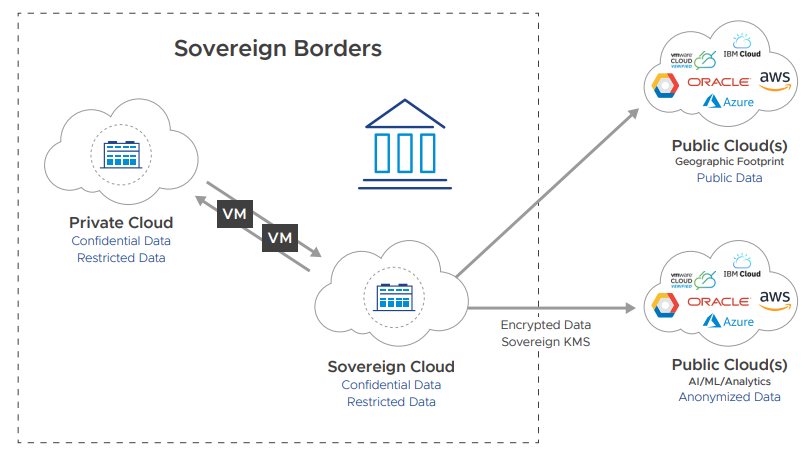
This two-speed model gives you the best of both worlds. Sovereignty where it matters, and scale where it helps. And it puts private cloud platforms like Nutanix NCP in a much more strategic light. They are not just a “mini AWS” or a simplified on-prem extension, but are the anchor that allows enterprises and governments to build an IT architecture with both freedom of choice and long-term resilience.
While public clouds are often seen as environments where control and sovereignty are limited, organizations can now introduce an abstraction and governance layer on top of hyperscaler infrastructure. By running workloads through this layer, whether virtual machines or containers, enterprises gain consistent security controls independent of the underlying public cloud provider, unified operations and management across private and public deployments, and workload portability that avoids deep dependency on hyperscaler-native tools. Most importantly, sovereignty is enhanced, since governance, compliance, and security frameworks remain under the organization’s control.
This architecture essentially transforms the public cloud into an extension of the sovereign environment, rather than a separate silo. It means that even when workloads reside on hyperscaler infrastructure, they can still benefit from enhanced security, governance, and operational consistency, forming the cornerstone of a true sovereign hybrid multi-cloud.
In short, the question is not whether someone like Nutanix can compete with hyperscalers on the number of services. The real question is whether organizations in Europe want to remain fully dependent on global public clouds or if they want the ability to run sovereign, portable workloads under their own control. From what I see, the latter is becoming the priority.

